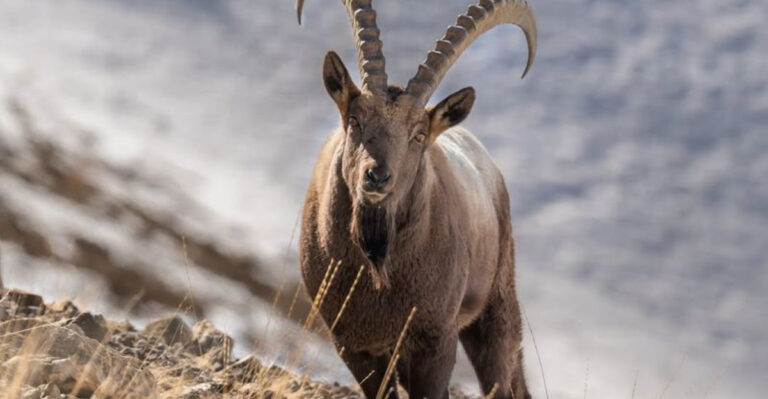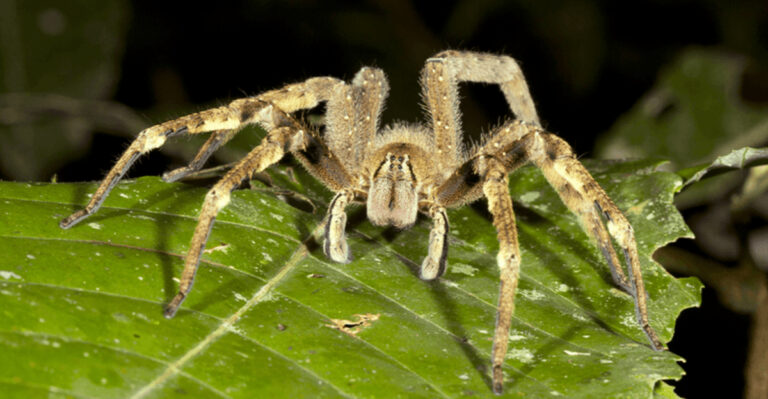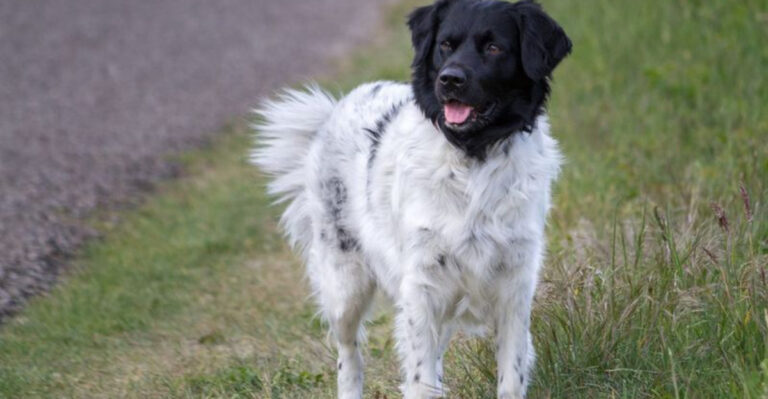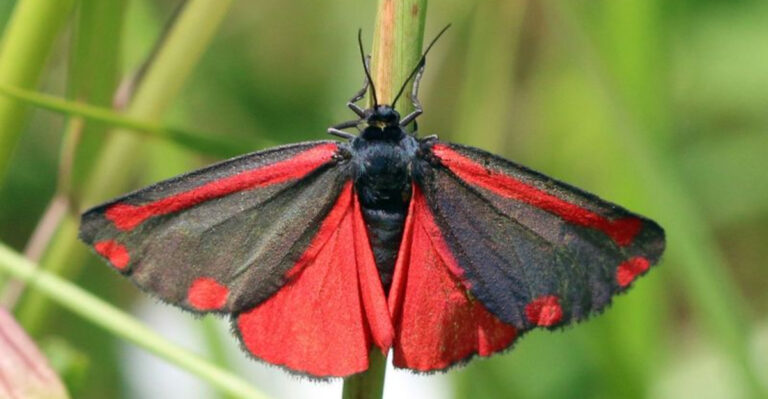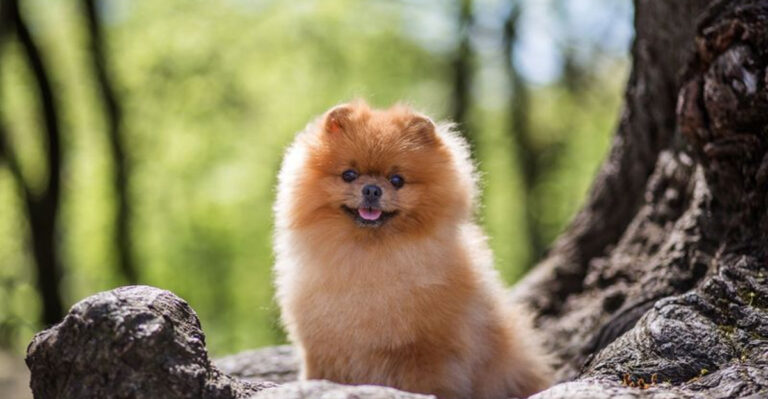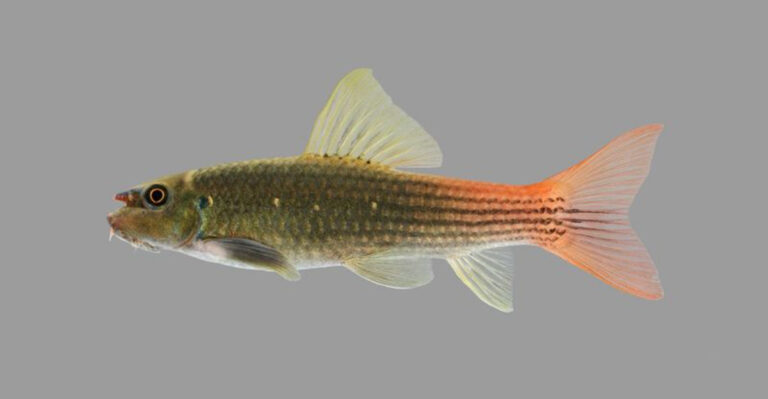Once Wild, Now Caged: 15 Species You’ll Only Find In Captivity
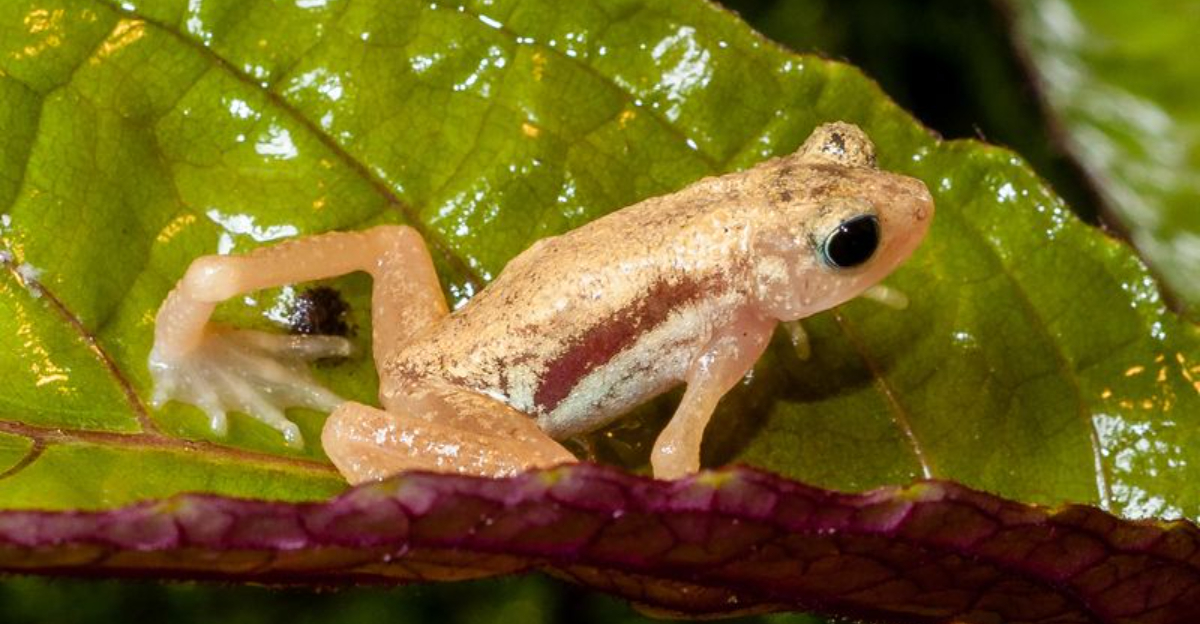
Imagine walking through a zoo and realizing some animals there can never return to their natural habitats. Certain species now exist solely in captivity, with their wild populations completely vanished from Earth.
These living ghosts represent both conservation success stories and sobering reminders of humanity’s impact on the natural world.
1. Spix’s Macaw
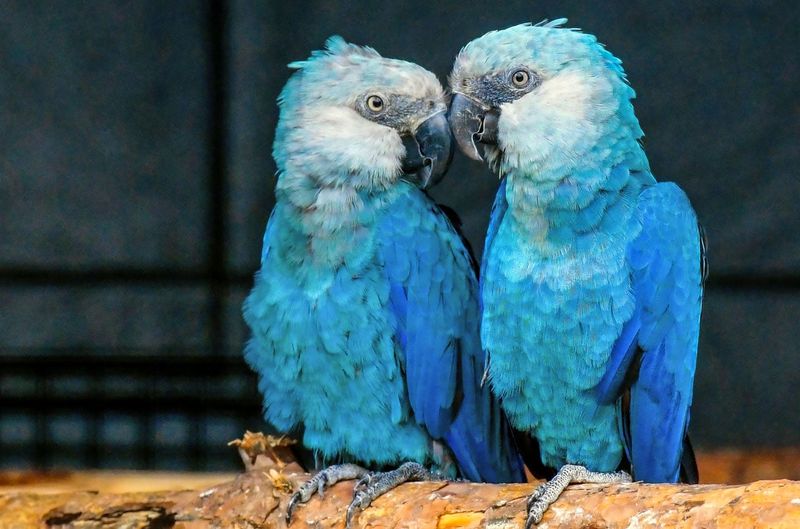
Brilliant blue feathers that seem to capture the sky itself – that’s the Spix’s Macaw’s claim to fame. The bird that inspired the movie “Rio” actually disappeared from Brazilian forests in 2000.
Now, just over 180 birds live in specialized breeding facilities, with conservationists working tirelessly to someday reintroduce them to protected habitats.
2. Wyoming Toads
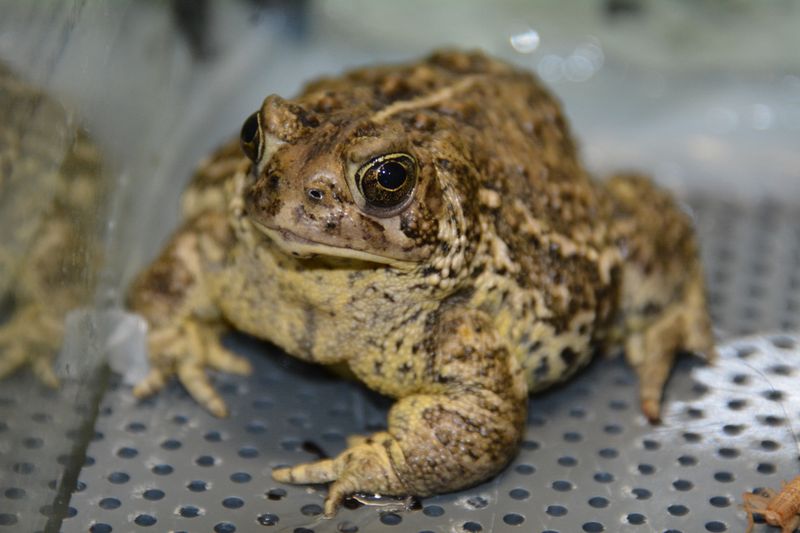
Smaller than your palm but carrying enormous ecological significance, these warty amphibians once hopped throughout Wyoming’s Laramie Basin. Fungal disease and habitat destruction pushed them to the brink by 1994.
Today, captive breeding programs nurture these survivors, with occasional experimental releases offering a fragile thread of hope for their future.
3. Pere David’s Deer
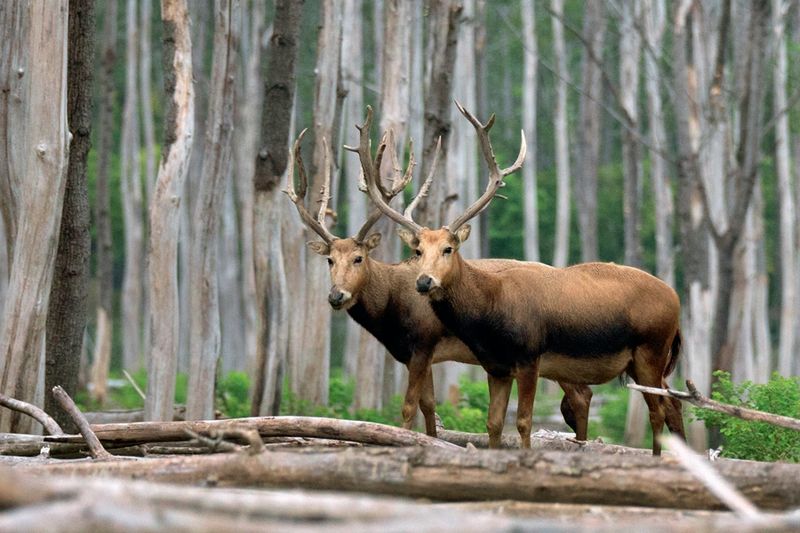
Ever heard of animals saved by a French missionary? These elegant deer with backward-curving antlers vanished from China’s wilds during the 1800s.
A small group survived in European zoos after being smuggled from the Chinese Emperor’s private hunting grounds. Today’s entire population – now thousands strong – descends from just 18 animals, living testament to conservation’s persistence.
4. Hawaiian Crow
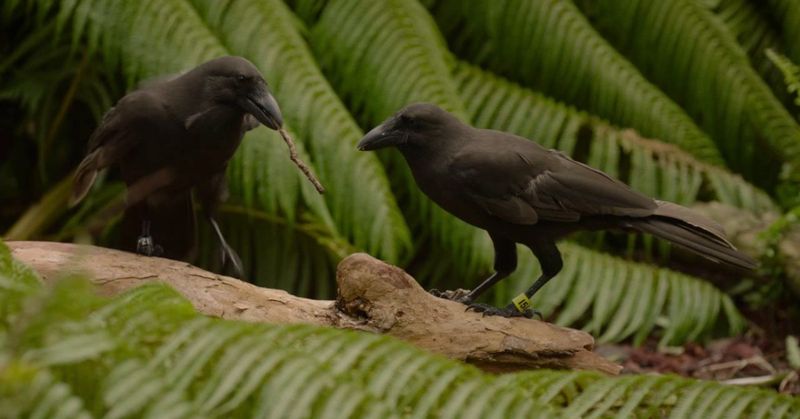
Nicknamed ‘Alalā, these intelligent birds once filled Hawaiian forests with their complex calls and tool-using behaviors. By 2002, not a single wild crow remained, victims of introduced predators and disease.
Conservation teams have built up a population of about 100 birds in protected facilities. Recent reintroduction attempts faced setbacks, but researchers haven’t given up on returning their songs to native forests.
5. Guam Kingfisher
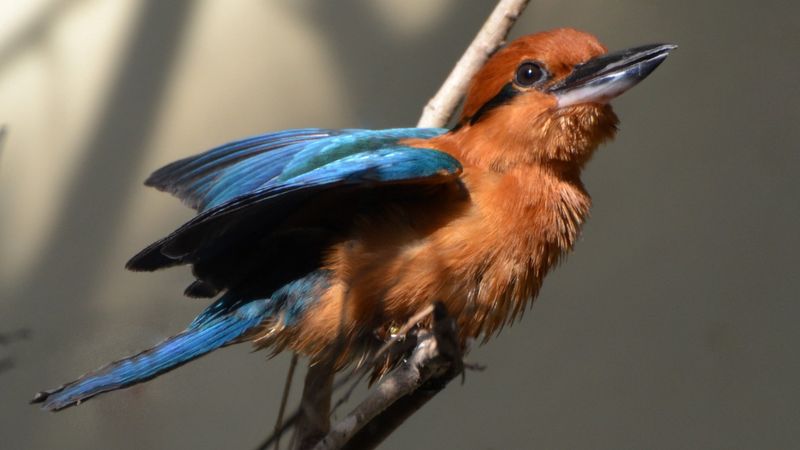
Flashing through the air like a jewel-toned meteor, the Guam Kingfisher vanished from its island home after brown tree snakes arrived in the 1940s. The last wild bird was spotted in 1988.
Around 140 birds now live in specialized breeding facilities across the United States. Each colorful survivor represents a genetic treasure, carefully matched by conservationists hoping to someday reclaim Guam’s empty forests.
6. Scimitar-Horned Oryx
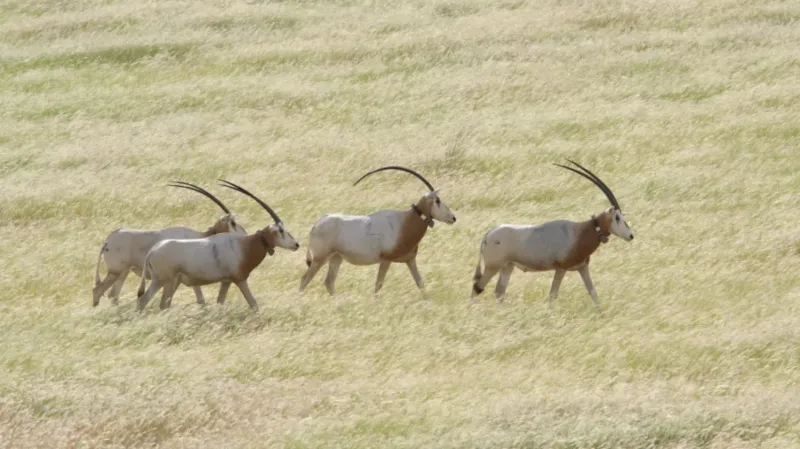
With horns that sweep backward like ancient swords, these majestic antelope once roamed North Africa’s arid landscapes. Hunting and habitat loss wiped out the last wild herds by the early 2000s.
Zoos worldwide maintained healthy populations, allowing an ambitious reintroduction program to begin in 2016. While technically no longer extinct in the wild, these released animals remain heavily managed and monitored – walking a tightrope between captivity and freedom.
7. Red-Tailed Black Shark
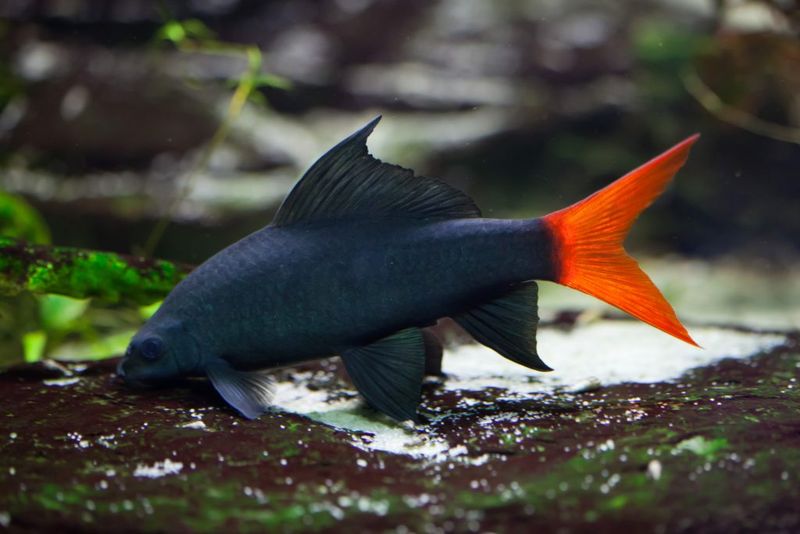
Popular in home aquariums worldwide, these striking fish with jet-black bodies and brilliant red tails disappeared from Thailand’s Chao Phraya River basin in the 1970s. Dam construction and pollution delivered the final blow to wild populations.
Millions swim in aquariums globally, but every single one descends from captive-bred stock. Their wild home remains altered beyond recognition, making reintroduction nearly impossible.
8. Socorro Doves
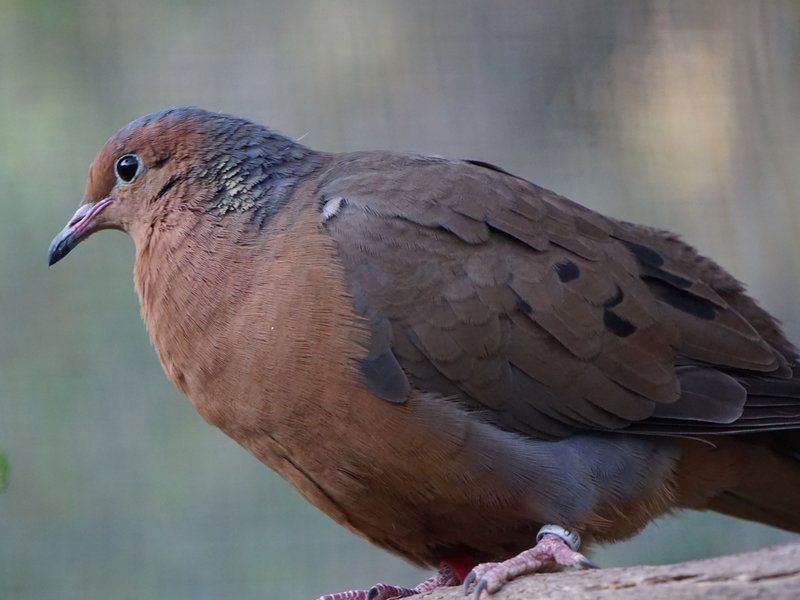
Gentle cooing once filled Mexico’s Socorro Island until cats, sheep, and habitat destruction silenced these doves forever. The last wild bird disappeared in 1972.
About 200 birds now live in specialized breeding facilities and private aviaries. Conservation efforts focus on removing invasive species from Socorro Island before attempting to return these soft-voiced birds to their ancestral home.
9. Golden Skiffia
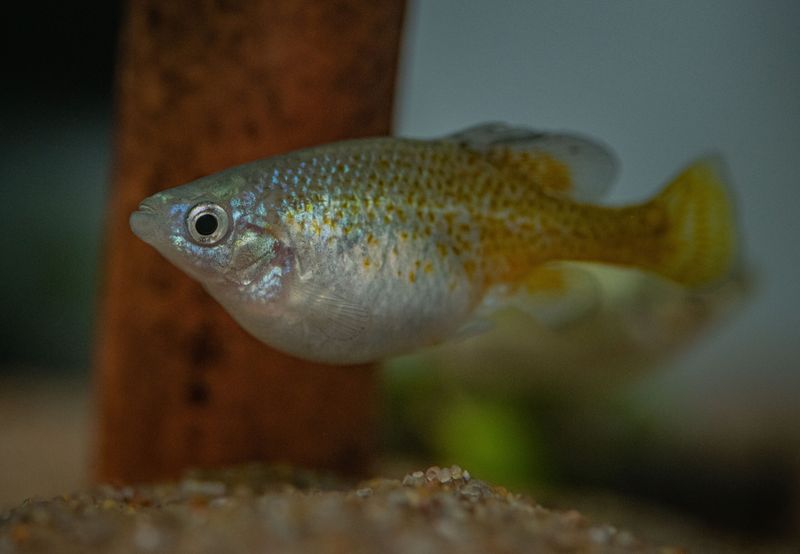
Tiny but dazzling, these golden-yellow fish once darted through Mexico’s clear streams. Pollution, water diversion, and introduced species pushed them to extinction in their native Teuchitlán River by the early 2000s.
Aquarium enthusiasts kept the species alive, maintaining genetic diversity in home tanks and conservation facilities. A 2022 reintroduction project released 1,500 captive-bred fish, offering a glimmer of hope for their wild return.
10. Alagoas Curassow
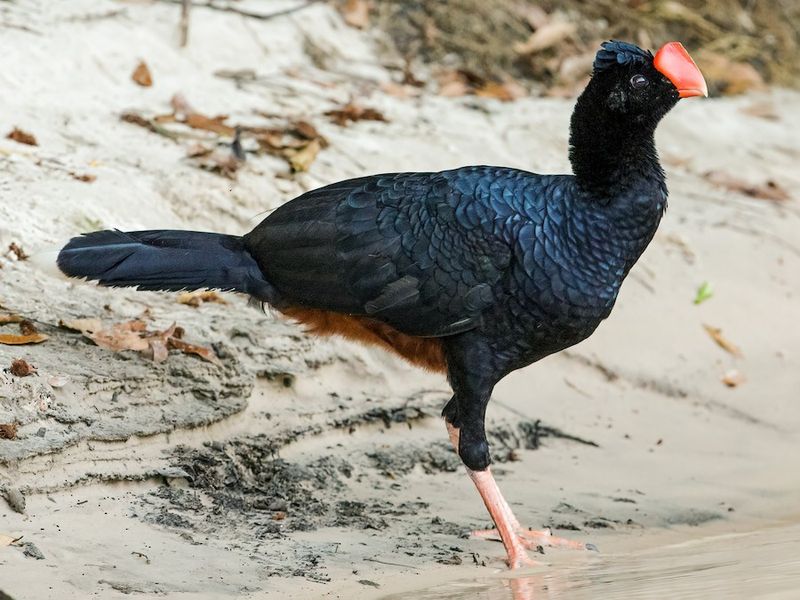
Picture a glossy black bird with a curly crest and bright yellow beak strutting through Brazil’s Atlantic forests. By the late 1980s, deforestation had claimed the last wild Alagoas Curassow.
Just 130 birds remain in captivity today, all descended from a single pair. Conservationists face the challenge of maintaining genetic diversity while working to restore forest habitat for a potential future release.
11. Kihansi Spray Toad
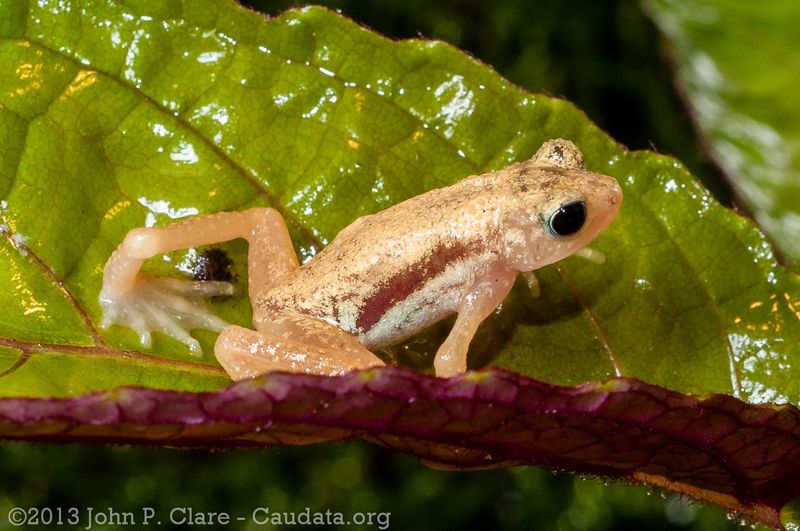
Tiny enough to sit on your thumbnail, these golden amphibians once thrived in the spray zone of a single Tanzanian waterfall. When a hydroelectric dam diverted water in 2000, their specialized habitat vanished overnight.
Quick-thinking conservationists airlifted the last survivors to American zoos. After successful breeding, some toads have returned to artificially maintained spray zones in their native gorge – a high-tech life support system for a precarious existence.
12. Bali Mynahs
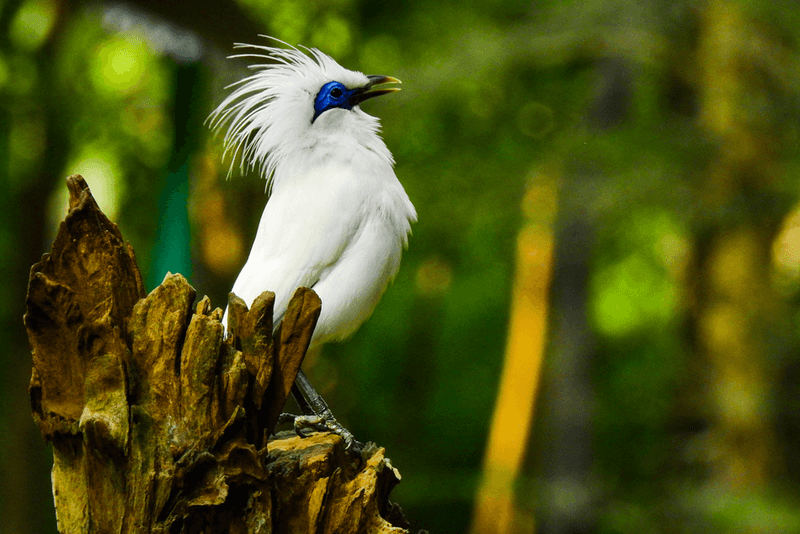
With snow-white feathers and striking blue eye patches, these birds became too valuable for their own good. Relentless trapping for the pet trade devastated wild populations in their tiny range on Indonesia’s Bali island.
Thousands thrive in zoos and private collections worldwide. Despite multiple reintroduction attempts, poaching continues to threaten newly established wild populations, keeping this species perpetually on conservation life support.
13. Panamanian Golden Frog
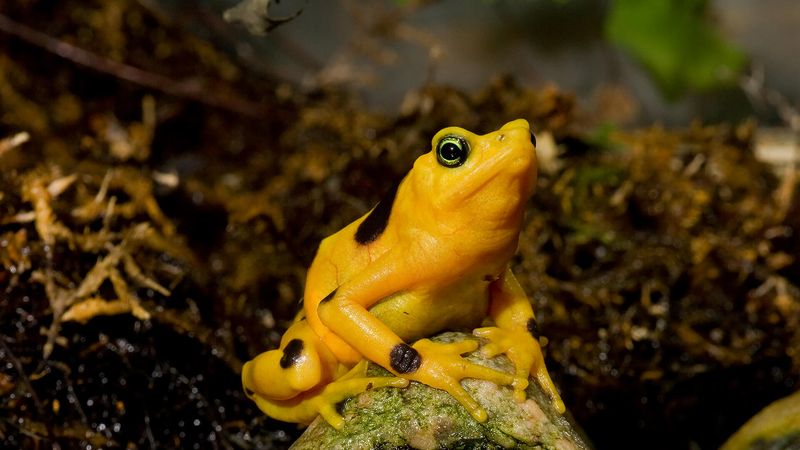
Bright yellow with warning black spots, these toxic amphibians once symbolized good luck in Panama. Their unique “waving” communication made them especially beloved until a deadly fungus swept through their mountain streams around 2006.
Today, over 1,500 frogs live in carefully controlled biosecure facilities. Scientists are working to develop fungus-resistant populations while waiting for wild conditions to become safe for their return.
14. Micronesian Kingfisher
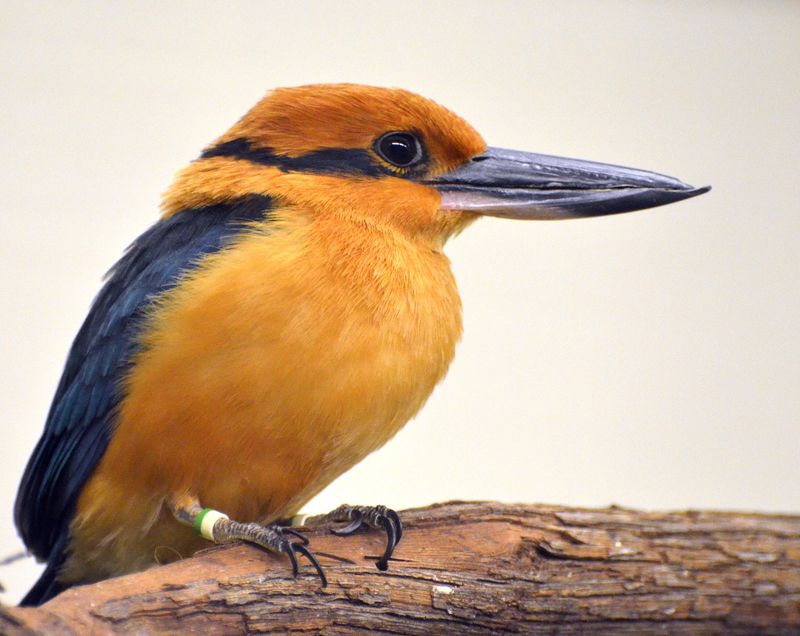
Flash of rusty orange and electric blue – that’s the Micronesian Kingfisher darting through Guam’s forests. Or at least it was, until the brown tree snake arrived and devoured the last wild birds by 1988.
About 140 birds now live in specialized breeding programs across American zoos. Plans for reintroduction await effective snake control methods on Guam, leaving these birds as living museum pieces of a lost ecosystem.
15. Corroboree Frog
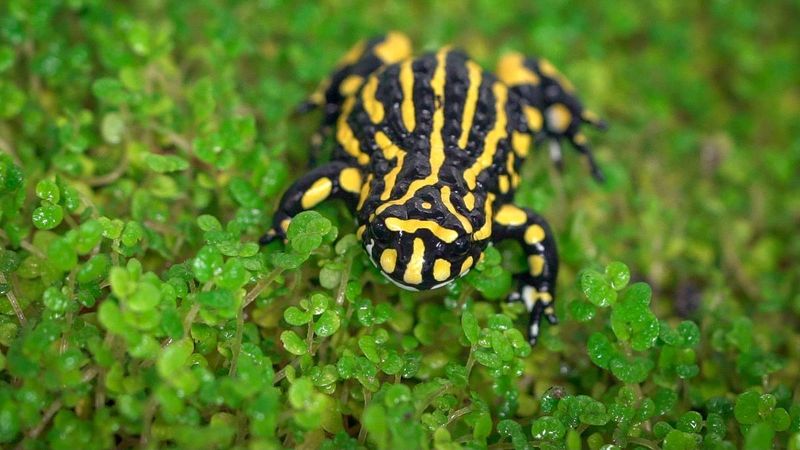
Sporting yellow and black stripes like tiny warning signs, these Australian frogs produce their own defensive toxins. Despite this protection, a fatal fungus infiltrated their cool mountain habitats in the 1980s.
Specialized breeding facilities now house several hundred frogs, with experimental releases protected by antifungal treatments. These striking amphibians represent both ecological tragedy and the extraordinary lengths conservationists will go to prevent complete extinction.

